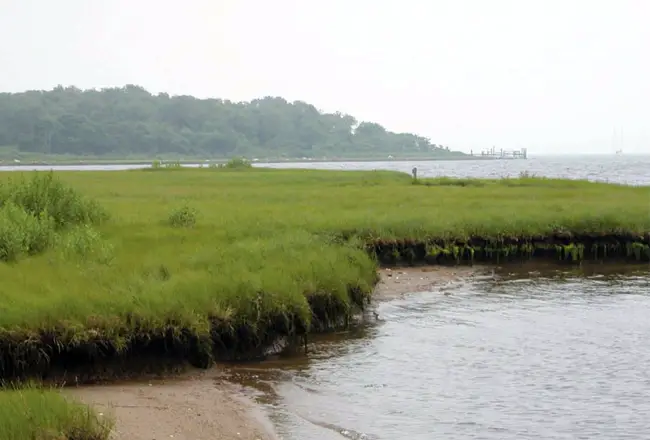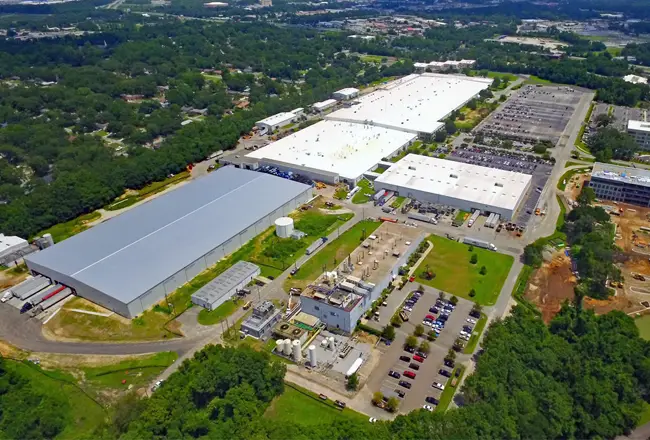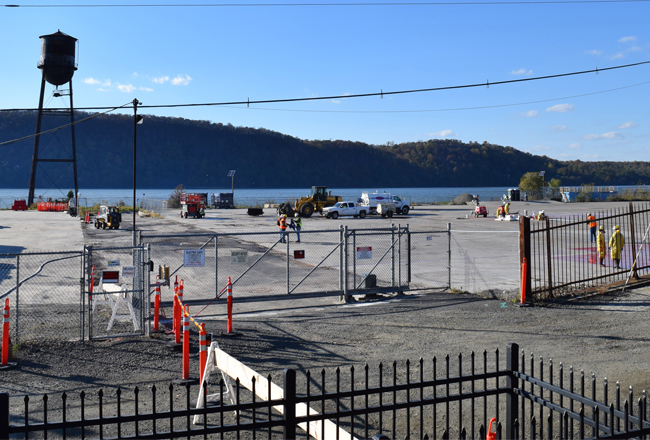State and federal officials announced on Monday that environmental projects in New York will receive just over a million dollars in federal grants to benefit the health and ecosystem of the Long Island Sound.
 In New York and Connecticut, 31 grants totaling $2.04 million will go toward local government and community group projects focused on the Long Island Sound.
In New York and Connecticut, 31 grants totaling $2.04 million will go toward local government and community group projects focused on the Long Island Sound.
While nine of those projects are focused on Long Island, projects focused in Westchester County and the Hudson Valley will receive funding as well. Funds will be used to monitor the sound embayments in both states, collect and analyze trash in the Bronx River and to develop a watershed plan for the Ten Mile River in Dutchess County.
The projects are funded through the Long Island Sound Futures Fund, which draws funding from the U.S. Environmental Protection Agency and the National Fish and Wildlife Foundation.
Since the fund was launched in 2005, it has invested $17 million in 380 projects.
In New York, the $1.05 million in grant funds will be matched with $2.58 million from the grantees, according to the announcement.
Projects in this round of funding include:
Ӣ Project WASTE, which will collect and analyze the sources of floatable trash on the Bronx River. Run by the Bronx River Alliance, the nonprofit will receive $34,712 from the Futures Fund and match that with $41,286. The project will focus on the Bronx and Westchester County, with the goal of reducing the amount of trash that would flow into the Long Island Sound by 2,000 pounds.
Ӣ The Housatonic Valley Association Inc. will receive $64,358 in funding and match that with $83,000 to develop a watershed management plan for the Ten Mile River in eastern Dutchess County and western Litchfield County. The river flows into the Housatonic River.
”¢ The Connecticut Fund for the Environment will receive just $100,000 and match that with $132,000 to implement a water quality management project in two Long Island Sound embayments. The group will also work with water quality monitoring groups in nine other Sound embayments. The goal of the project is to coordinate efforts to collect data on the health of the sound’s bays and harbors.






















